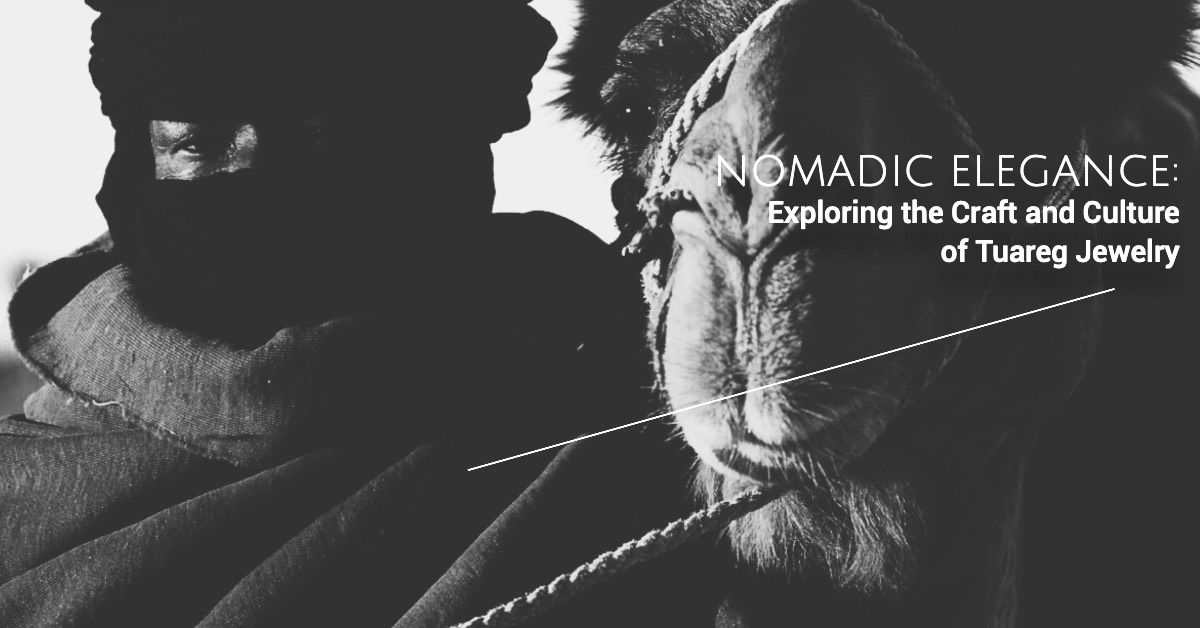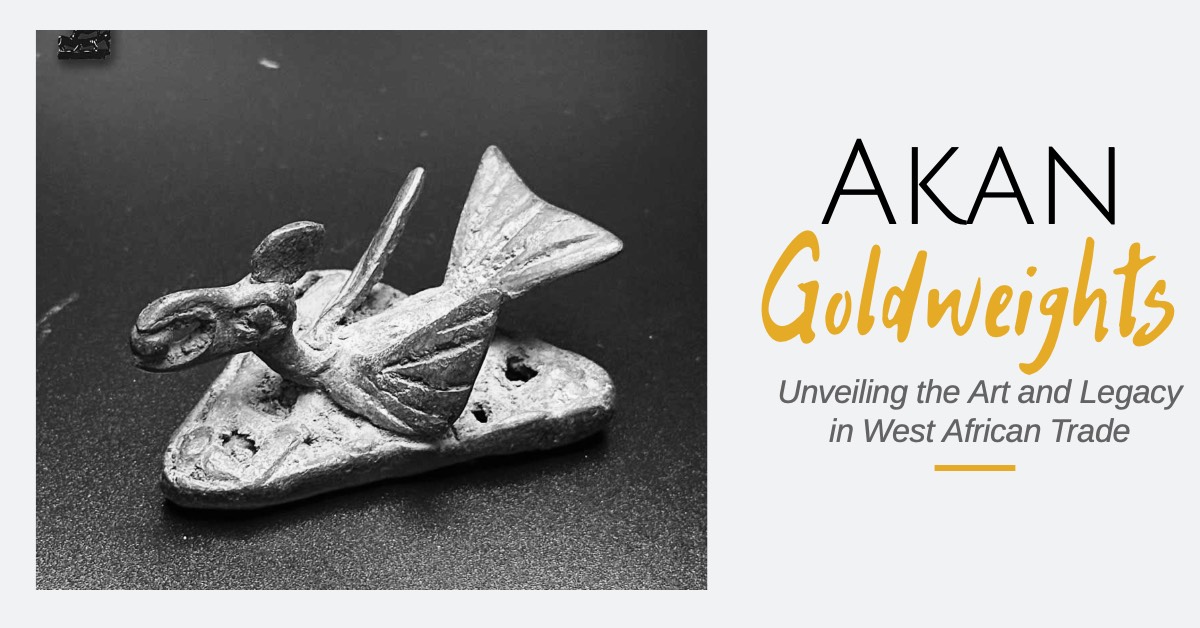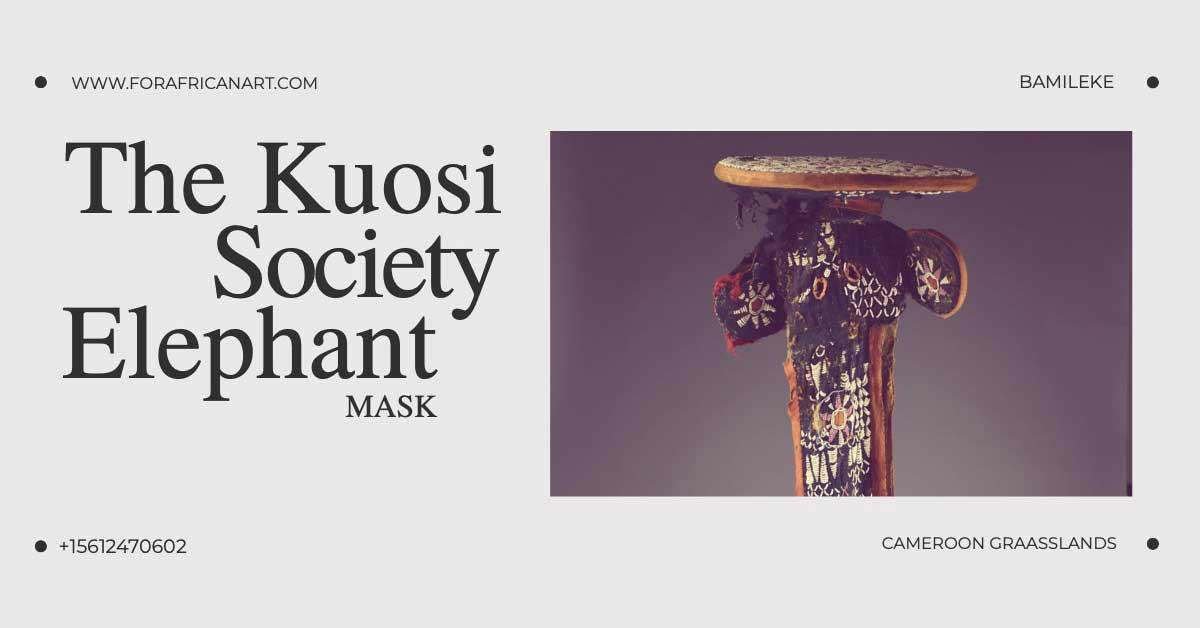The Rich Heritage of African Art: A Collector’s Perspective
The Rich Heritage of African Art: A Collector’s Perspective
African art is celebrated for its diverse range of styles, unique use of materials, and powerful tribal narratives. As an African art collector, I am constantly amazed by the rich history and cultural significance behind each work of art. From intricate masks and sculptures to vibrant textiles and paintings, African art has captured the attention of collectors worldwide. In this post, we will delve into the world of African art, exploring its fascinating origins and the connection between powerful tribal narratives and exquisite art pieces.
African art has a long and storied history, with creative expression dating back thousands of years. Throughout Africa, art has been used to depict important cultural and social events, to tell stories, and to honor ancestors. Some of the most well-known pieces of African art include traditional masks, which were used in various ceremonies and rituals. These masks were designed to represent spiritual entities and were often worn by actors who performed during these events.
One of the most striking aspects of African art is its connection to tribal narratives. For many African tribes, art is an integral part of daily life, and each piece created has a specific purpose. Whether it’s a mask worn during a dance performance or a sculpture used in religious worship, these works of art are steeped in cultural and historical significance. Collecting African art allows one to have a glimpse into the rich cultural heritage of Africa and its various tribes.
Another aspect of African art that fascinates me is the use of materials. African artists utilize a wide range of materials, including wood, ivory, clay, and textiles, each with its unique properties and symbolism. For example, wood carvings are often created from a single piece of wood, and the grain of the wood used often has symbolic meaning. Similarly, textiles are often created using special techniques, such as batik or tie-dye. Collecting African art is not only about the beauty of the piece but the cultural and material significance, in essence the rich heritage of African Art.
When collecting African art, it’s essential to understand the stories behind the pieces and how they fit into their respective cultural contexts. This knowledge is useful in determining the authenticity of a piece, its value, and the relevance it holds to the collection. Collectors should also be aware of issues such as the ethical sourcing of materials and the impact on local communities.
African art is an essential part of the continent’s heritage, one that speaks to its diverse cultures and its rich history. As collectors, we have the opportunity to own a piece of this history, understanding its narratives and cultural significance. Collecting African art is not only about the beauty of each piece, but also the message and emotion behind it. It is a testament to Africa’s continued creativity and innovation, and an opportunity to honor its vibrant culture. So if you’re interested in collecting African art, take the time to explore its history and meaning, and invest in a piece that speaks to you and represents the culture that created it.
Get updates about our new items, news and information.
We will process the personal data you have supplied in accordance with our privacy policy.




